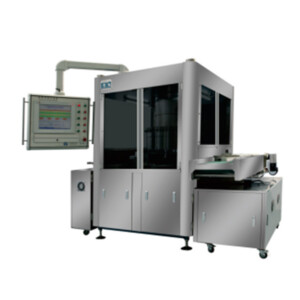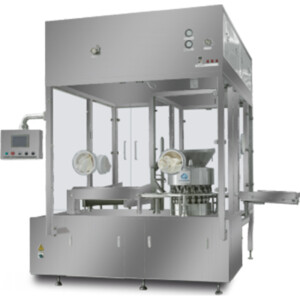In recent years, the landscape of peptide production has undergone a remarkable transformation, with the advent of small scale peptide production lines taking center stage. These innovative approaches have brought a breath of fresh air to an industry that is constantly striving for greater efficiency and flexibility.

The efficiency of a small scale peptide production line is truly a standout feature. It offers not just faster turnaround times but also significant cost reductions. This is achieved through a combination of streamlined processes and cutting-edge technology. Every step of the production process is under precise control, ensuring that the end product is of the highest quality. For instance, advanced purification techniques are employed to remove impurities with utmost accuracy, resulting in peptides that are highly pure and consistent. The use of automated systems allows for seamless integration of different stages of production, minimizing human error and maximizing productivity.
Small scale production lines also excel in their ability to respond quickly to market demands. With their flexibility, manufacturers can easily adjust production volumes and specifications to meet the specific needs of different customers. This customization capability is a game-changer in an industry where personalized medicine and targeted therapies are on the rise. Moreover, these lines are designed to minimize waste. By optimizing production processes and using resources efficiently, they contribute to a more sustainable approach to peptide production.
On the other hand, traditional peptide production methods have long been the mainstay of the industry. For decades, they have relied on large-scale operations that involve extensive infrastructure and significant resources. While these methods do have their merits, such as the capacity to produce peptides in large quantities, they also face several challenges.
Traditional methods can be extremely time-consuming. The complex nature of the processes often requires multiple steps and long production cycles. This not only leads to higher production costs but also longer lead times, which can be a major disadvantage in a fast-paced market. Resource intensity is another issue. The need for extensive facilities, equipment, and manpower can make traditional production methods expensive to maintain.
Furthermore, traditional methods may lack the flexibility needed to adapt to rapidly changing markets and customer preferences. In an era where innovation is the key to success, the inability to quickly respond to new trends and demands can put companies at a disadvantage. For example, if there is a sudden increase in demand for a specific peptide variant, traditional production lines may struggle to ramp up production quickly enough.

The comparison between small scale peptide production line efficiency and traditional production methods clearly indicates a shift in industry trends. As biotechnology and pharmaceutical companies seek to optimize their operations and stay competitive, many are turning to small scale production lines as a viable alternative. These lines offer the ability to customize production processes, respond rapidly to market changes, and minimize waste. The integration of automation and digital technologies further enhances their efficiency, enabling real-time monitoring and quality control. This not only improves product quality but also reduces the risk of errors, providing a win-win situation for manufacturers and consumers alike.
In conclusion, the emergence of small scale peptide production lines represents a significant step forward in the peptide production industry. While traditional methods still have their place, the advantages offered by small scale production lines in terms of efficiency, flexibility, and sustainability are hard to ignore. As the industry continues to evolve, it will be interesting to see how these two approaches coexist and complement each other to meet the growing demands for peptides in various applications.
PeptideGurus is a leading supplier of American-made research peptides, offering top-quality products at competitive prices. With a focus on excellence and customer service, they ensure a secure and convenient ordering process with global shipping.
CONTACT